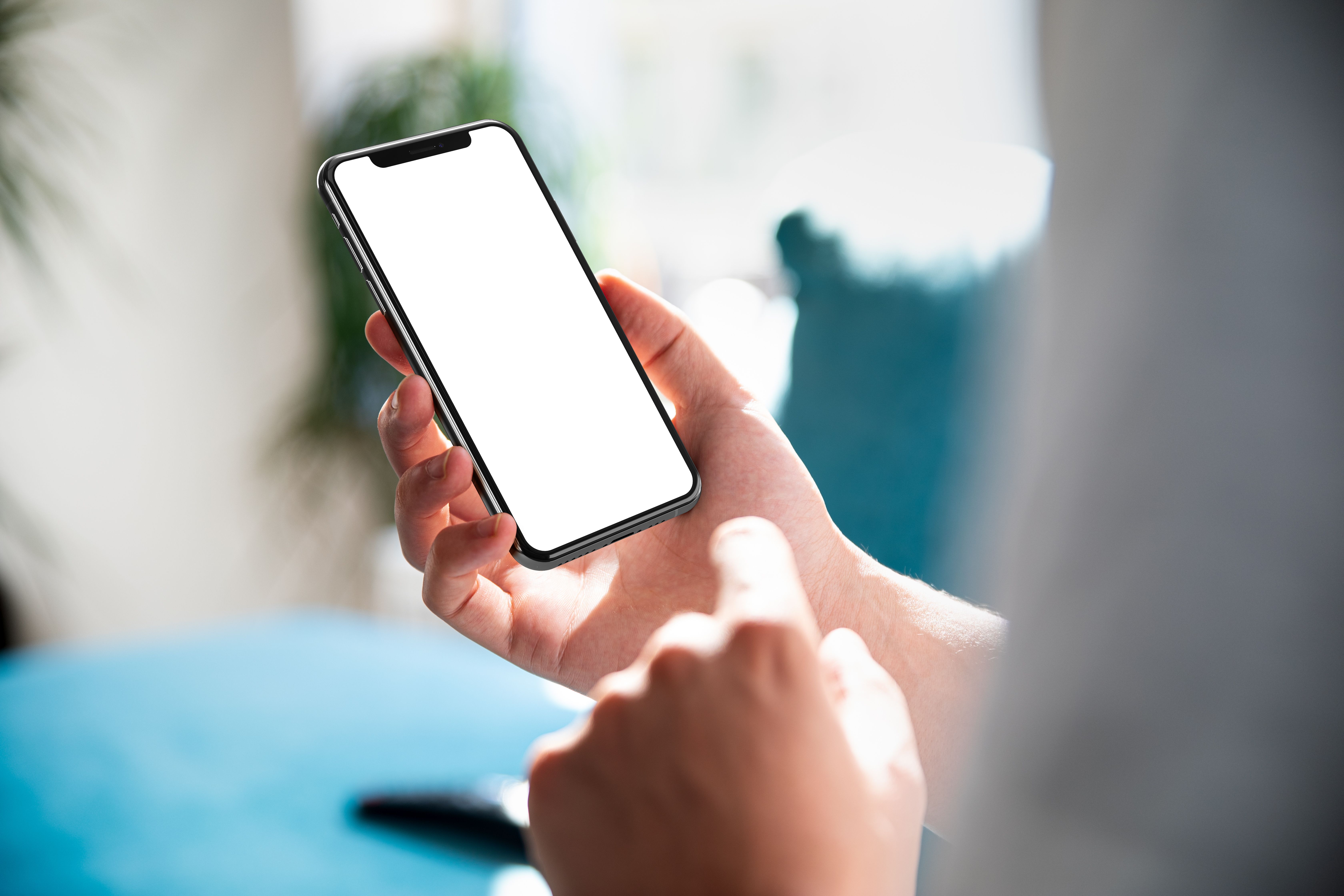Article Highlights
- Smartphone swab analysis utilizing UHPLC shows promise for drug testing, particularly in toxico-epidemiology studies.
- The ubiquitous nature of smartphones in modern society makes them ideal candidates for such analysis, with fingerprints accumulating on their surfaces.
- Researchers utilized an I-class Acquity system and conducted qualitative targeted screenings using a Xevo TQ-XS tandem MS instrument to identify drugs on smartphone surfaces.
- Results showed the presence of MDMA, cocaine, THC, and traces of other substances, indicating the potential of this method to enhance current drug detection efforts.
Through the use of ultrahigh-pressure liquid chromatography (UHPLC), it was demonstrated that smartphone swab analysis could be a useful tool for drug testing, especially for toxico-epidemiology studies, according to a recent study published in Clinical Chemistry and Laboratory Medicine (CCLM) (1).
The rise of smartphones is an indicator of technological innovation. In the 1990s, the earliest smartphones emerged onto the scene, but they were only possessed by a minute percentage of consumers (2). In 2024, smartphones have now become essential items for living in the first world. Many venues and restaurants have gone cashless (3). As a result, the smartphone has become the technological version of a Swiss Army knife. Apart from making calls and sending texts, smartphones have the functionality of laptop computers in the palm of the user’s hand.
Because of the technological capabilities of smartphones, a large number of consumers use one regularly (1). As a result, fingerprints accumulate on the screen of these devices. This study, led by Théo Willeman and a team of researchers from France, compiled data on whether drugs were snorted directly from the surface of smartphones. Then, the researchers used a dry swab to rub all sides of the smartphone before analyzing the extract using liquid chromatography–tandem mass spectrometry (LC–MS) (1).
The methodology of this study required using an I-class Acquity system from Waters, which allowed the researchers to achieve chromatographic separation using UHPLC (1). There were two mobile phases used in the study: mobile phase A consisted of 0.1% formic acid and 5 mM ammonium formate, and mobile phase B contained the same amount of formic acid and acetonitrile.
Read More: Cosine Similarity Algorithms Tested for Adulterant Detection in Drugs
The researchers then conducted qualitative targeted screenings using a Xevo TQ-XS tandem MS instrument by positive and negative electro-spray ionization (ESI) in the scheduled multiple reaction monitoring (MRM) mode (1).
The results of their experiment were as follows: 122 test subjects were analyzed. Out of those test subjects, there were three main drugs identified: 3,4-methylenedioxymethamphetamine (MDMA); cocaine; and delta-9-tetrahydrocannabinol (THC). MDMA was found in 83 of the 122 test subjects, cocaine was identified in 59 test subjects, and THC was found in 51 test subjects (1). Apart from those three drugs, the researchers also detected small traces of other illicit substances. These substances included but is not limited to Cannabidiol (CBD), mescaline, heroin, methamphetamine, and lysergic acid diethylamide (LSD) (1). The researchers also found traces of other medications such as antidepressants and painkillers (1).
As a result, the researchers showed in their study that when chromatographic methods are used to analyze smartphone swabs, it is possible to detect drugs on the surface of smartphones. The study demonstrates a new method that could enhance current drug detection methods in law enforcement with acceptable results.
References
(1) Willeman, T.; Grunwald, J.; Manceau, M.; et al. Smartphone Swabs as an Emerging Tool for Toxicology Testing: A Proof-of-Concept Study in a Nightclub. Clin. Chem. Lab. Med. (CCLM) 2024, ASAP. DOI: 10.1515/cclm-2024-0242
(2) Levesque, J. The History of Cell Phones: From Bricks, Flips, and Sidekicks to the Touchscreens of Today. Available at: https://www.mintmobile.com/blog/history-of-cell-phones/#:~:text=adjusted%20for%20inflation.-,The%20first%20smartphone%20and%20updates%20through%20the%201990s,when%20it%20was%20commercially%20available. (accessed 2024-04-25).
(3) Gran, B. More Stadiums Are Going Cashless. What Does This Mean For Your Personal Finances? Available at: https://www.fool.com/the-ascent/personal-finance/articles/more-stadiums-are-going-cashless-what-does-this-mean-for-your-personal-finances/ (accessed 2024-04-25).

.png&w=3840&q=75)

.png&w=3840&q=75)



.png&w=3840&q=75)



.png&w=3840&q=75)







